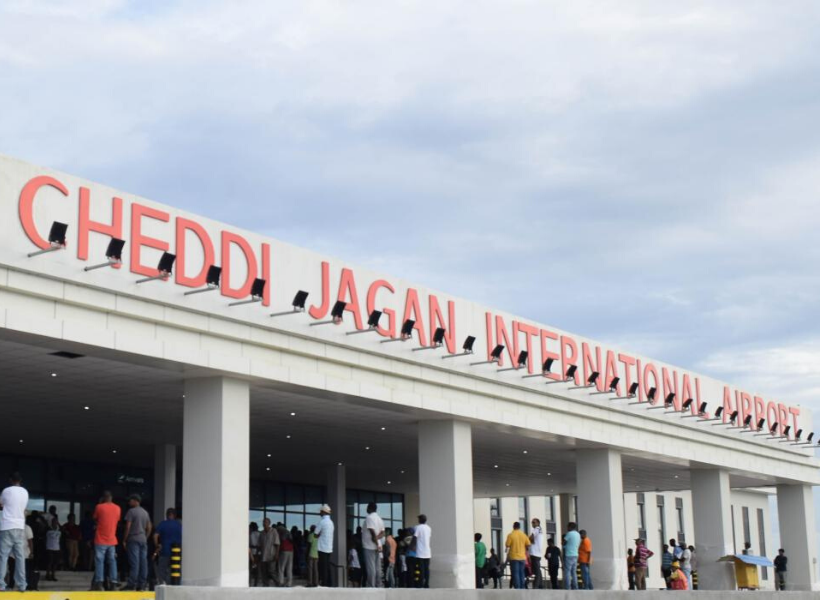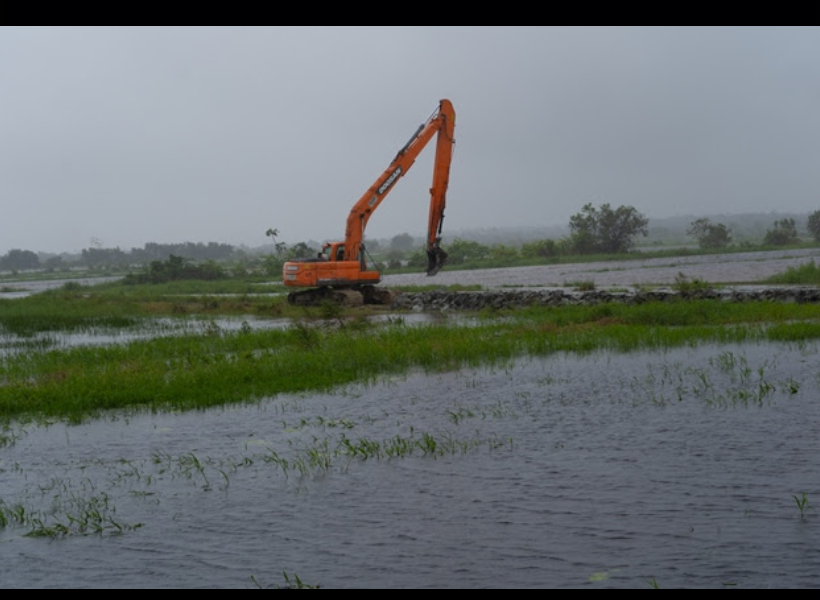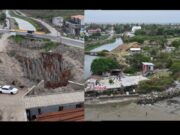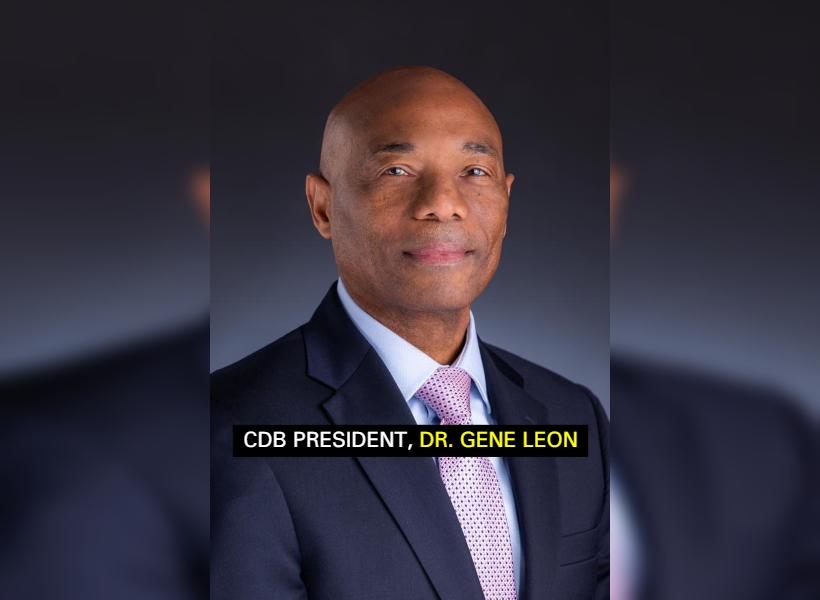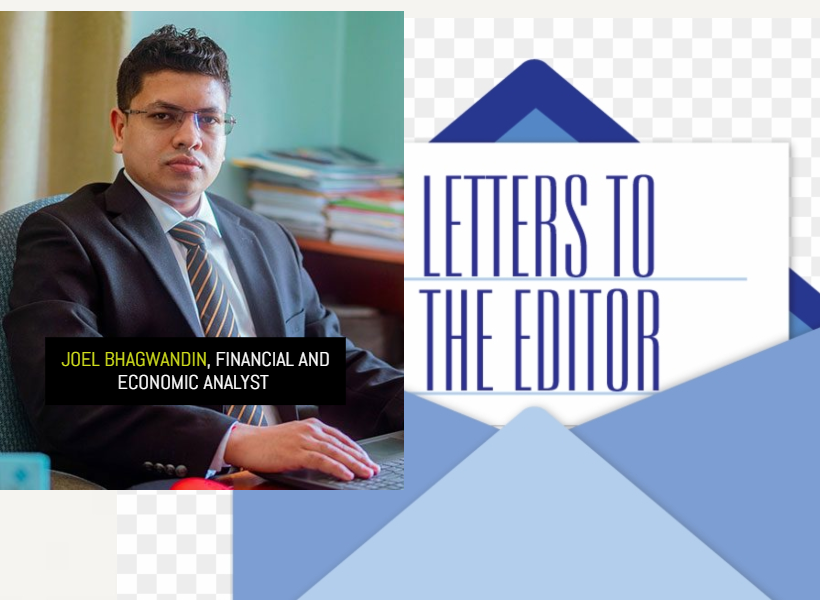Dear Editor,
It is my considered view that the foregoing subject matter is not a political issue and therefore it should not be politicized. It is more of a national, a-political issue where I believe that there is alignment in the core objective by all stakeholders across the spectrum. That is to say, should there be any adverse environmental event as a result of the oil and gas operations offshore, those costs ought to be fully covered by EEPGL, its Affiliates and/or Parent Company. Hence, I am of the respectful view that the subject is blown out of proportion owing to a lack of appreciation and understanding for the inherent technicalities.
I am cognizant of the view by the former EPA Head, Dr. Vincent Adams and others, the Opposition in particular, that the unlimited parent company guarantee being advocated for will cost ExxonMobil virtually nothing. I have also noted their reference to the language in the Environmental Permit that speaks to some form of “unlimited parent company guarantee”. However, as I have shown in my previous articles, the language in the relevant section in the Permit, Condition 14.10 to be specific, and which the learned High Court Judge relied on as the basis for his ruling, expressly refers to an undertaking to provide “adequate financial resource”. Clearly, this cannot be equated to having the same meaning or definition as the term “unlimited financial resources” or guarantee.
A “Parent Company Guarantee”, or any form of Guarantee by a corporation is essentially a “contingent liability” in corporate finance. Contingent liability by definition is a potential future loss triggered by an unforeseen event. In this case, a major unforeseen event involves ascertaining the probability of an oil spill. Thus, the Parent Company Guarantee is hinged upon determining the probability of an oil spill in the oil and gas operations offshore. To this end, there are three levels of measuring the probability: (a) to what extent it is a high probability, (b) to what extent it is medium probability, and (c) to what extent it is a low probability. Of note, a high probability refers to more than a 50% chance of occurring.
Following this, an estimation of the clean-up cost, all other related costs including environmental costs, and economic losses will have to calculated―grounded on whether it is determined that the likelihood of an oil spill is a high, medium, or low probability. Obviously, in the high probability scenario, the estimate will be higher than in the medium and low probability scenario. If it is considered low, then the contingent liability will be immaterial or negligible.
To predict an accurate probable loss or expense of this nature or any type of future loss even at a household level is difficult. It is precisely for this reason―that is, the level of difficulty in its predictability, and the level of subjectivity involved in the process, that there are established guidelines in international financial reporting standards such as GAAP, that companies such as ExxonMobil are mandated to adopt.
In accordance with the GAAP reporting standards, for contingent liabilities of this nature (environmental liabilities), an estimate or put differently, a quantification of the liability is required.
It is not beyond the intellectual comprehension of the ordinary mind to accept that it is virtually impossible to scientifically, or mathematically quantify an unlimited number, cost, loss, or liability. And because of this impossibility, coupled with the financial reporting requirements for guarantees/contingent liabilities, an unlimited parent company guarantee cannot be obtained.
Further to note is that in estimating these types of liabilities / guarantees, there could be multiple scenarios that can be simulated―giving rise to multiple estimates based on a variety of models. However, the GAAP framework provides for only a single scenario’s estimate and in practice, companies tend to use the scenario that generates the lowest estimate for those liabilities.
As per the terms and conditions in the Environmental Permit, EEPGL together with its Affiliates are explicitly fully liable, and where the Parent Company is concerned, implicitly liable for any environmental liability that is likely to materialize in the future. Moreover, even if the cost exceeds the insurance coverage and parent company guarantee that are currently in place, the full costs must be covered by the Permit Holder. Importantly to note, the Permit Holder, EEPGL, is financially backed by its Parent Company, and therefore, all of EEPGL’s current and future liabilities are fully extended to its Parent Company. There is no grey area or question in this regard.
Finally, it should be noted that these matters are normally subject to litigation in a court of law, and the court decides on the level of compensation if the parties involved fail to reach a mutual agreement. The BP oil spill in the Gulf of Mexico is a case in point.
Yours sincerely,
Joel Bhagwandin
Public Policy and Financial Analyst

